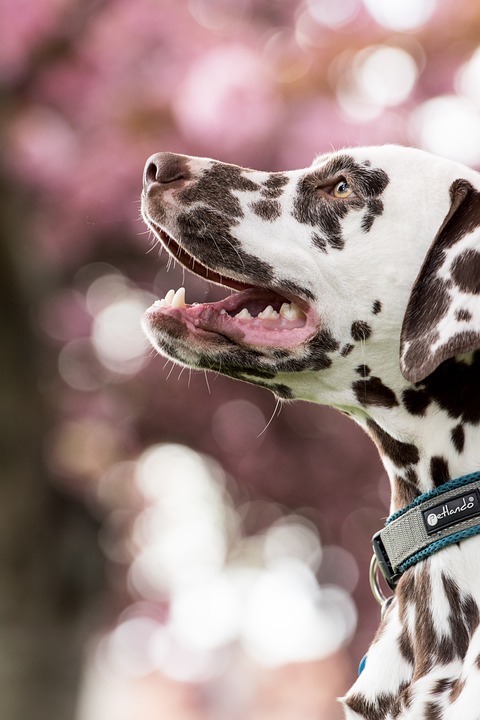Training a herding dog can be a challenging but rewarding endeavor. These intelligent and energetic dogs have been bred for centuries to assist in herding livestock. However, to ensure that your herding dog becomes a well-behaved and reliable companion, proper training is essential. In this step-by-step guide, we will outline the key steps to effectively train your herding dog.
Firstly, it is crucial to have a solid understanding of the characteristics and instincts typical of herding dog breeds. Breeds such as Border Collies, Australian Shepherds, and German Shepherds are known for their intelligence, high energy levels, and strong herding instincts. These traits can make them excellent working dogs but may present challenges when it comes to training.
Building a strong foundation is the first step in training your herding dog. Socialization is key for any dog, but especially important for herding breeds. Expose your dog to various environments, people, animals, and situations from an early age. This will help them develop confidence, reduce anxiety, and prevent behavioral issues.
Next, focus on basic obedience training. Teaching your herding dog basic commands such as sit, stay, come, and heel is essential for their safety and your peace of mind. Use positive reinforcement techniques like treats and praise to reward desired behaviors.
Once your herding dog has mastered basic obedience, it’s time to channel their herding instincts. As natural herders, these dogs have an innate desire to control and move livestock. Introduce your dog to the concept of herding in a controlled manner. Seek professional guidance if necessary, and gradually expose your dog to livestock under close supervision.
Conducting instinct testing is another important step. Set up mock herding situations using obstacles or specially designed courses to assess your dog’s herding abilities. Observe their behavior, responsiveness to commands, and natural instincts to determine their potential as a herding dog.
After laying a strong foundation and channeling their instincts, you can move on to advanced training. This may include more complex obedience exercises, off-leash training, and distance control. Consistency, patience, and positive reinforcement remain key during this phase.
Participating in herding trials and competitions can provide mental stimulation and fulfillment for your herding dog. These events allow them to showcase their skills while also strengthening the bond between you and your dog. Seek guidance from experienced trainers to prepare your dog for such events.
In conclusion, training a herding dog requires time, patience, and a deep understanding of their instincts and behavior. By following this step-by-step guide and seeking professional guidance when needed, you can develop a well-trained herding dog that excels in both obedience and herding tasks. Remember to always prioritize positive reinforcement, consistency, and socialization to build a strong bond with your furry companion.









